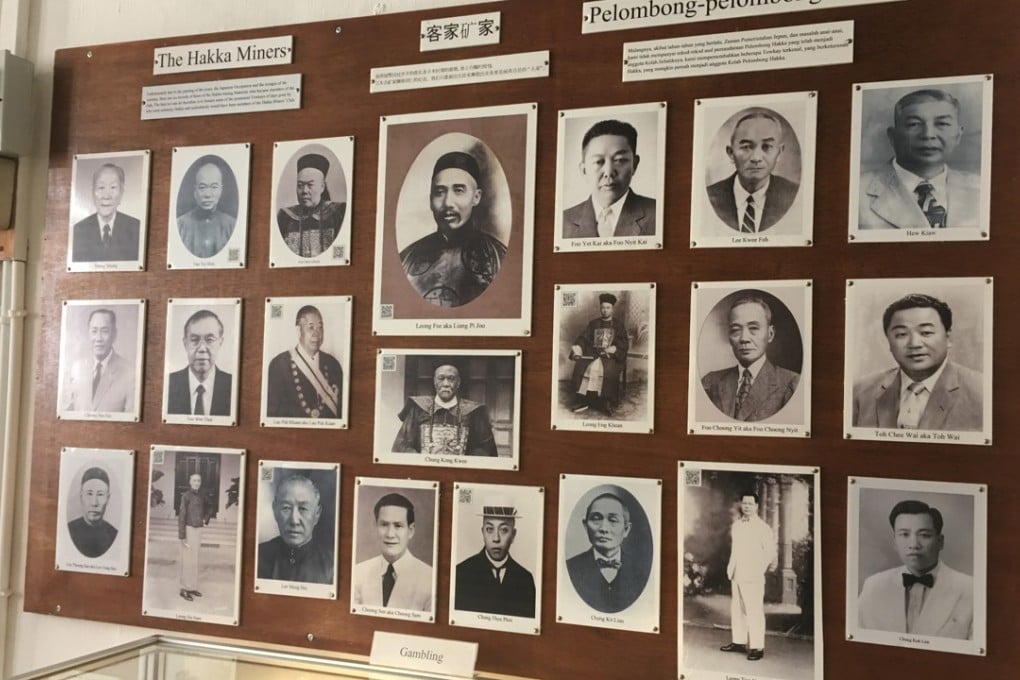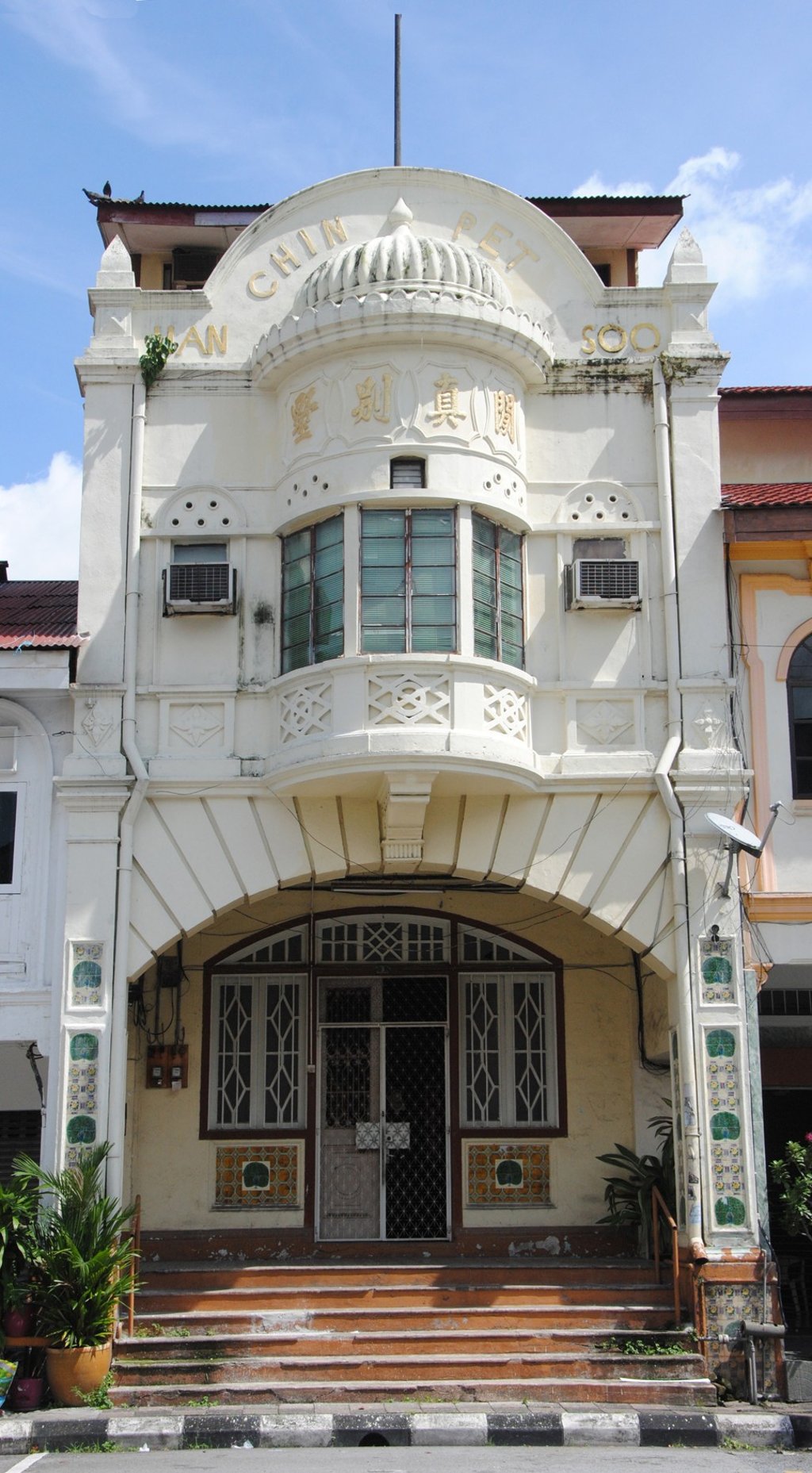Malaysian mining town’s Chinese Hakka heritage is under threat, despite efforts to keep the history alive
Chinese labourers flocked to Ipoh in the late 19th century chasing dreams of wealth. One archivist is doing his best to preserve the culture and lifestyle of the town’s tin mining golden age, but faces a number of challenges

Nestled in the lush hills of Malaysia’s northwest Perak state is the sleepy town of Ipoh, once the centre of one of the world’s biggest tin mining communities.
Today, there are few reminders of its industrious 19th-century past other than buildings that were constructed during the tin boom. The most prominent, and a de facto ancestral home of the Hakka Miners’ Club, is the Han Chin Pet Soo building, which is now a museum that seeks to bring the town’s past back to life.
The overseas Chinese who answered China’s call to return home
Although the history of tin mining is entwined with that of Malaysia’s economic fortunes, the story of Ipoh and Han Chin Pet Soo is also that of the Chinese Hakka diaspora, a narrative that the museum is trying to preserve.
Han Chin Pet Soo, on Bijeh Timah Road, was once at the bustling heart of Ipoh Old Town, but its art deco facade has faded into the background of the rapidly gentrifying town. The museum is operated by a heritage preservation charity called Ipoh World, founded by British Royal Navy commander-turned-archivist Ian Anderson.

Anderson arrived in the former colony of Malaya in the 1960s. After a 30-year career in the navy, he left to work in shipbuilding and in 1985 was offered a job in Kuala Lumpur. There, he met and married a local woman, and the couple moved to Ipoh when he retired.
